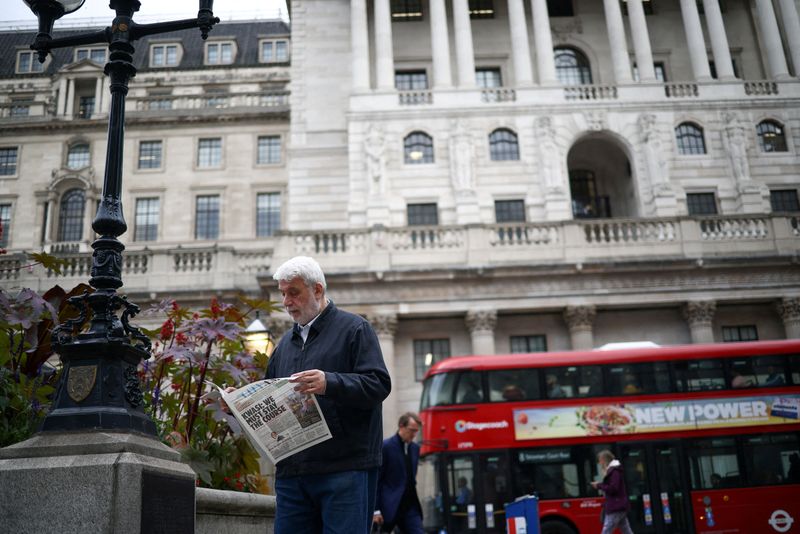In the current economic climate, central banks around the world are considering or already implementing interest rate cuts. This decision is not without controversy, as some critics argue that such steps could be ineffective in preventing a recession or even worsening economic problems.
However, according to economists at TS Lombard, there are compelling reasons why rate cuts could indeed be beneficial and why the central banks’ approach should be seen in a more favorable light.
The idea that interest rate increases had no discernible impact on the economy is a fallacy. Interest rate increases hit interest rate sensitive sectors almost immediately. For example, demand for housing plummeted, real estate investments stalled and demand for durable goods slowed significantly.
The global construction sector in particular faced challenges, although this was somewhat buffered by projects initiated during the COVID-19 pandemic when there were supply constraints.
This initial impact of interest rate increases was felt through ‘flow’ effects, where immediate changes in investment and credit demand were observed. In contrast, ‘stock effects’, which refer to the impact on the disposable income of debtors, evolved more slowly.
The subdued response in this area during the last tightening cycle can be attributed to the fact that both households and firms had restructured their debt, avoiding significant financial problems despite higher debt burdens.
Interest rate cuts have the potential to quickly stimulate economic activity. According to TS Lombard, interest-rate-sensitive demand should increase rapidly, leading to a recovery in housing demand and a revival of construction activity.
In addition, lower tariffs could revive the durable goods sector, boosting global manufacturing. More importantly, a turn in monetary policy at this time could prevent further tightening of conditions due to the equity effects of previous rate hikes.
Without immediate rate cuts, monetary policy will tighten even further as the lingering effects of previous rate hikes continue to build. This scenario could potentially put further pressure on economic activity, strengthening the case for preventive interest rate cuts.
The impact of interest rate cuts on asset prices largely depends on the context in which they are implemented. Preemptive interest rate cuts, intended to avert potential economic downturns, often have a positive impact on risky assets. These cuts indicate a proactive attitude from central banks, indicating that economic stability is a priority. As a result, investor sentiment tends to improve, causing asset prices to rise.
Conversely, reactive interest rate cuts, introduced in response to existing economic challenges, can have a more complex effect. While they aim to stimulate the economy, they could also signal a deteriorating economic landscape, dampening investor confidence and asset prices.
At the start of the year, the prevailing sentiment was that central banks were taking a preventive approach, encouraging risky assets. However, the subsequent rise in inflation created uncertainty.
Despite concerns, TS Lombard signals that the labor markets are not yet showing signs of a serious downturn. Employment figures remain relatively stable, suggesting that central banks may not yet be behind the curve.
Historically, central banks like the Federal Reserve, led by Alan Greenspan in 1995, waited for more concrete signs of economic trouble before adjusting their policies. In this context, even though a soft landing may be a challenge, it is difficult to predict a scenario worse than a mild recession based on current economic fundamentals.


